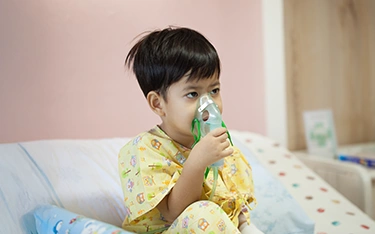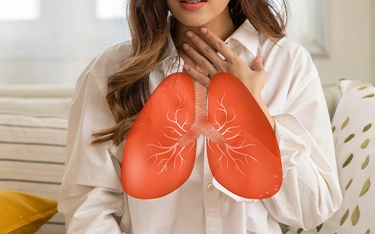FAQs
Dust allergy is usually triggered by dust mites, mould spores, pet dander, or fabric fibres. These microscopic particles irritate the respiratory system, especially in sensitive individuals.
Common signs include sneezing, nasal congestion, frequent coughing, and watery eyes, especially after exposure to dusty areas or stuffed toys.
Yes. Prolonged exposure to dust mites can cause inflammation in the airways, eventually leading to allergic asthma in children and adults.
Yes, homeopathy treats the underlying immune sensitivity, reduces symptoms, and helps prevent complications like asthma, all without side effects.
Keep living areas clean and dry, wash bedding weekly, use allergen-proof covers, and keep stuffed toys to a minimum.




